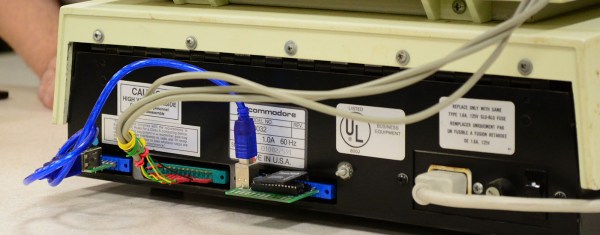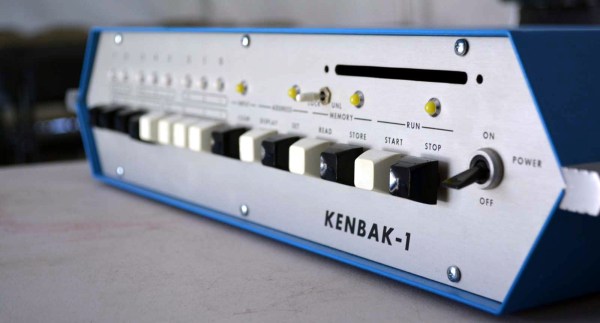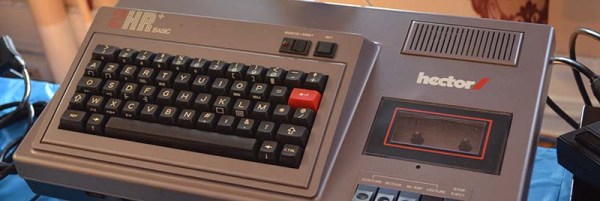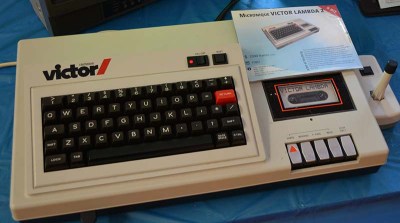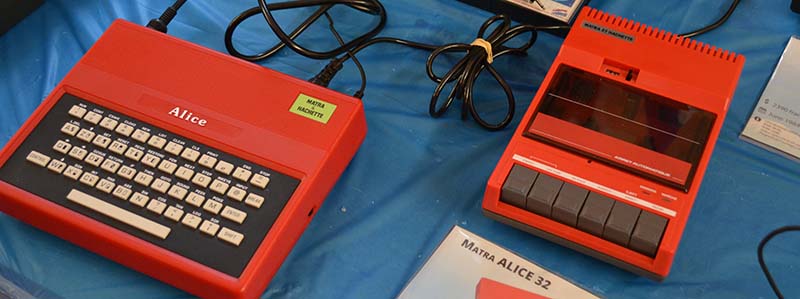Guess what’s going on at the end of the month? The Vintage Computer Festival Southeast is happening April 29th and 30th. The event is being held at the Computer Museum of America and is, by all accounts, a really cool show.
Walk into any package sorting facility or Amazon fulfillment center and you’ll find a maze of conveyor belts, slides, and ramps that move boxes from one point to another. Conveyor belts are so last century, so here’s a fleet of robots.
In 2017, the CITES treaty — an international treaty for the protection of endangered species — changed a lot. While the original treaty protected individual species, in 2017, enforcement of this treaty on tropical hardwoods changed to an entire genus. This is a problem when it comes to rosewood; previously only Dalbergia nigra was covered under CITES, now the entire Dalbergia genus is covered. This sucks for guitar makers, but a Dutch guy is making guitars out of newspaper. We’re probably looking at some sort of micarta thing here, but it sounds acceptable.
Where did Apple’s Spinning Beach Ball of Death come from? 1984, or thereabouts. The ubiquitous Apple ‘wait’ cursor is from the first versions of the Macintosh Toolbox, and it has remained mostly unchanged all this time. This is Apple Wait, a demonstration of this first spinny ball of death. It’s a Raspberry Pi connected to an Apple monochrome monitor that just displays a spinny wait logo. Check out the video.
How do you make strips of RGB LEDs turn a corner? Wire, usually. Here are some corner pieces for WS2812B LED strips. It looks very handy if you’re building a gigantic RGB LED matrix.
SHA2017 is an outdoor hacker conference that’s happening this summer. They’re working on a badge, but they need some help. They’re looking for some funding for their ESP32-powered, touch controller, sunlight-readable ePaper badge. If you have a job that likes to sponsor stuff like this, it’s a worthy cause.




